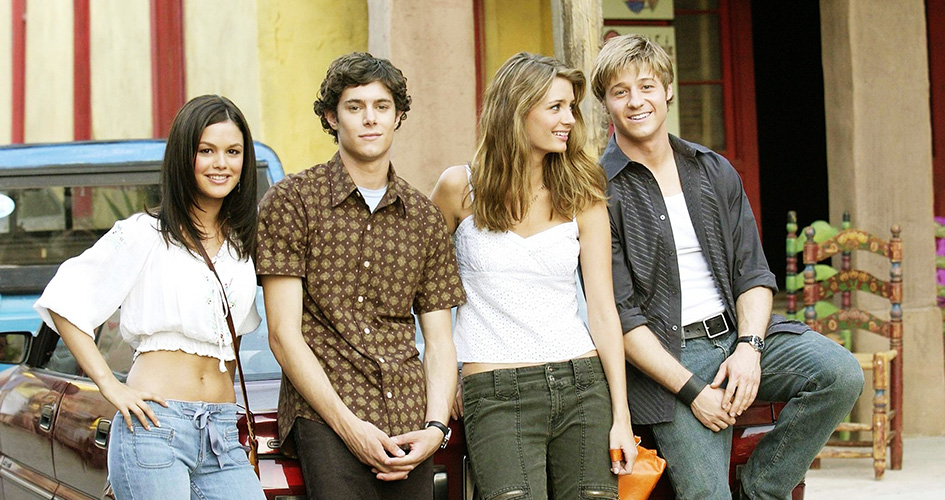Fashion Evolution: How Trends Have Changed Over Time
Fashion is a fascinating world, constantly evolving and shifting with the times. It's a reflection of social, cultural, and political changes, and it's amazing to see how trends have morphed over the decades.
The 1920s, for instance, were all about liberation. Women started wearing shorter dresses and bobbing their hair, breaking away from the restrictive Victorian era. The flapper style became iconic, symbolizing the spirit of rebellion and freedom.
Fast forward to the 1950s, fashion took a more conservative turn. The era of Grace Kelly and Audrey Hepburn, it was all about elegance and sophistication. Women wore cinched waists and full skirts, while men donned suits and ties.
The 1960s and 70s saw an explosion of color and patterns. The hippie movement brought in tie-dye, bell-bottoms, and maxi dresses. It was a time of experimentation and self-expression.
The 80s and 90s were a mix of bold and minimalistic trends. Neon colors, shoulder pads, and denim ruled the 80s, while the 90s saw the rise of grunge and the little black dress.
In the 2000s, fashion became more individualistic. Trends from past decades were recycled and reimagined, leading to an eclectic mix of styles.
Today, fashion is more inclusive and diverse than ever. It's not just about following trends but about expressing individuality. Sustainable fashion is also gaining momentum, with more people becoming conscious of their choices.
In conclusion, fashion is a mirror of society and its changes. It's a journey that tells a story, reflecting the mindset of each era. As we move forward, it will be exciting to see what new trends emerge and how they'll shape our style narrative.
And there you have it, a quick look at the evolution of fashion trends. Remember, fashion is about expressing yourself, so wear what makes you feel good!




Comments
Post a Comment